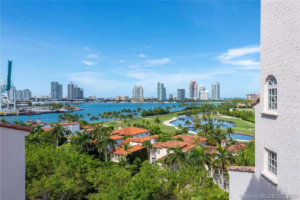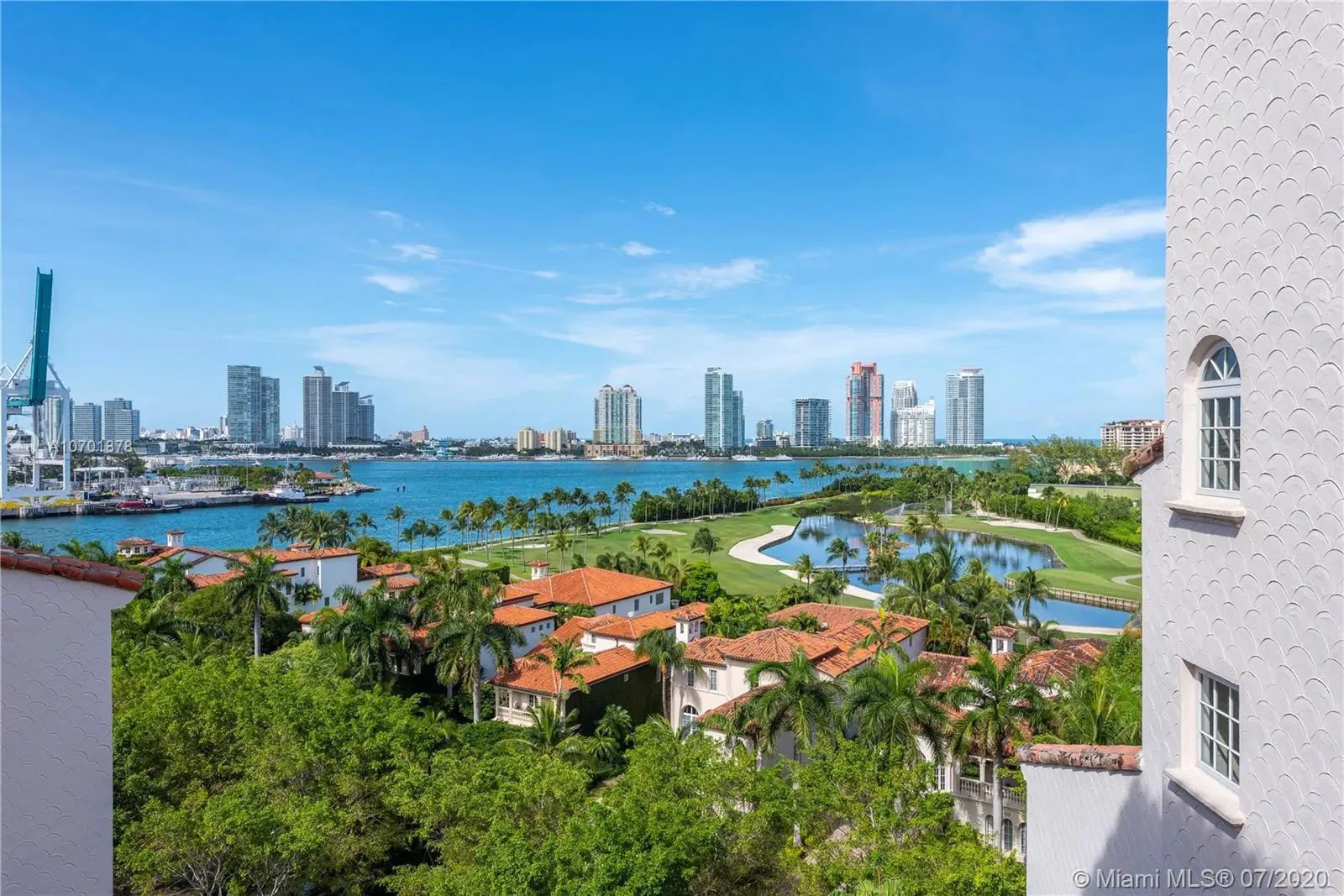New York Life's Strategic $38.3M Medical Office Acquisition Highlights Healthcare Real Estate's Resilient Performance
The healthcare real estate sector continues to demonstrate remarkable stability amid broader commercial property market challenges, as evidenced by New York Life Real Estate Investors' recent $38.3 million acquisition of a premier medical office complex in Pembroke Pines, Florida. This transaction exemplifies the growing institutional investor confidence in medical office buildings (MOBs) as a defensive asset class that remains largely immune to the disruptions affecting traditional office spaces.
Major Healthcare Property Transaction Reinforces Investment Appetite
New York Life Real Estate Investors, the real estate investment arm of the insurance giant, completed the acquisition of Pembroke Pines Medical Plaza from Triarch Capital Group in a deal that underscores the premium valuations commanded by high-quality medical office properties. The four-building campus, strategically positioned at 400, 500, 600, and 700 North Hiatus Road, represents a compelling investment opportunity in one of South Florida's most dynamic healthcare markets.
The transaction, facilitated by JLL's Ike Ojala and Matt DiCesare, achieved a price point of $417 per square foot for the nearly 92,000-square-foot campus. This pricing reflects the premium that institutional investors are willing to pay for stabilized medical office assets with strong fundamentals. Transaction volume is increasing, with MOB sales up 61% YOY in 2024, indicating robust market activity despite broader economic uncertainties.
The property's impressive 96.8% occupancy rate, anchored by established healthcare tenants including Pediatric Associates, IVF Florida, Radiology Associates of Hollywood, and First Choice Neurology, demonstrates the stability that makes medical office properties particularly attractive to institutional capital. The campus's proximity to Memorial West Hospital's 502-bed facility and other Memorial Healthcare System locations provides additional strategic value through healthcare ecosystem synergies.
Healthcare Real Estate Market Dynamics Drive Investment Performance
The medical office sector's outperformance relative to traditional commercial real estate reflects fundamental shifts in how healthcare services are delivered and where patients receive care. Demand for U.S. healthcare real estate is expected to increase in 2025, driven by lower inflation, expected interest rate cuts and new technologies, creating a favorable investment environment for healthcare property owners and investors.
The U.S. healthcare real estate market size was estimated at USD 1,324.52 billion in 2024 and is expected to expand at a CAGR of 6.2% in the forecast period, highlighting the sector's substantial scale and growth trajectory. This expansion is driven by demographic trends, including an aging population that requires increased medical services, and the ongoing shift toward outpatient care delivery models.
The resilience of medical office properties stems from their essential nature and resistance to remote work trends that have significantly impacted traditional office markets. Healthcare services require in-person delivery, creating stable demand for well-located medical facilities. Additionally, cap rates for MOBs are stable at 6.9%, offering a solid investment alternative compared to other commercial property types experiencing cap rate volatility.
South Florida Emerges as Healthcare Investment Hub
South Florida's healthcare real estate market has demonstrated particular strength, with multiple significant transactions occurring throughout 2024 and early 2025. The region's combination of population growth, favorable demographics, and established healthcare infrastructure creates compelling investment opportunities for institutional capital.
Recent comparable transactions in the market include an $18 million acquisition of a six-building medical office plaza on Okeechobee Boulevard in West Palm Beach, demonstrating consistent investor appetite for quality healthcare properties. Additionally, AW Property's dual acquisitions in Jupiter—paying $10 million for Jupiter Medical Park West and $7.7 million for Jupiter Medical Center Plaza—illustrate the market's depth and liquidity.
The Pembroke Pines transaction's seller, Triarch Capital Group, originally acquired the property for $21.4 million in 2016, representing a substantial return on investment over the eight-year holding period. This performance reflects both the property's operational improvements and broader market appreciation for medical office assets during this timeframe.
Investment Strategy Evolution Favors Healthcare Properties
Institutional investors like New York Life Real Estate Investors are increasingly recognizing medical office buildings as core holdings within diversified real estate portfolios. The firm's leadership transition, with Thomas O'Hanlon set to replace retiring Mark Talgo as senior managing director, comes at a time when healthcare real estate represents a growing portion of institutional investment strategies.
New York Life's previous South Florida investments, including the $114.8 million acquisition of ParkLine Palm Beaches apartment tower in West Palm Beach, demonstrate the firm's commitment to the region's growth markets. The strategic positioning near Brightline's station in that previous transaction reflects the firm's focus on properties with transportation connectivity and accessibility advantages.
The current healthcare real estate investment environment benefits from several converging factors. Interest rate expectations for 2025 suggest potential relief from the elevated borrowing costs that have constrained transaction activity in other commercial property sectors. Absorption for medical outpatient buildings accelerated in Q4 2024, reaching 19 million square feet for the top 100 markets, a 15% increase from the previous year, indicating strong demand fundamentals supporting investment performance.
Technology Integration Reshapes Healthcare Property Requirements
Modern medical office properties must accommodate evolving healthcare delivery models that integrate telemedicine, advanced diagnostic equipment, and specialized treatment facilities. The Pembroke Pines campus, constructed in 2000 and 2001, represents properties that have successfully adapted to changing healthcare technology requirements while maintaining competitive positioning.
Healthcare property owners are investing in infrastructure upgrades to support enhanced connectivity, power requirements for sophisticated medical equipment, and flexible space configurations that can accommodate changing tenant needs. These capital improvements enhance property values and tenant retention while positioning assets for long-term competitiveness.
The integration of outpatient surgical centers, diagnostic imaging facilities, and specialized clinics within medical office complexes creates operational efficiencies that benefit both healthcare providers and patients. Properties that can offer comprehensive healthcare services within a single campus typically command premium rents and maintain higher occupancy rates.
Market Outlook and Investment Implications
The healthcare real estate sector's performance trajectory suggests continued institutional investor interest throughout 2025 and beyond. The total sales volume for both investment and owner-user sales has reached an impressive $146 million, with an average sales price of $2 million, and an average cap rate of 6.9% in Florida's medical office market, demonstrating the scale and pricing stability that attracts institutional capital.
Demographic trends support long-term demand growth for healthcare services and, by extension, medical office space. The aging baby boomer population requires increased healthcare services, while advances in medical technology enable more procedures to be performed in outpatient settings rather than traditional hospital environments.
The shift toward value-based healthcare delivery models emphasizes preventive care and outpatient treatment, creating demand for modern medical office facilities that can accommodate these evolving service delivery approaches. Properties with flexible space configurations, advanced technology infrastructure, and convenient patient access are positioned to benefit from these healthcare industry trends.
Insights
What makes medical office buildings attractive to institutional investors like New York Life?
Medical office buildings offer stable cash flows through essential healthcare services that cannot be delivered remotely, providing recession-resistant investment characteristics. The aging population creates growing demand for healthcare services, while outpatient care trends shift treatments from hospitals to medical office settings. Additionally, MOBs typically feature long-term leases with creditworthy healthcare tenants, creating predictable income streams that appeal to insurance companies and pension funds seeking stable returns.
How does the Pembroke Pines transaction compare to broader market pricing trends?
The $417 per square foot achieved in the Pembroke Pines sale aligns with premium medical office pricing in South Florida markets. This pricing reflects the property's high occupancy rate, quality tenant roster, and strategic location near major healthcare facilities. Compared to national medical office pricing, South Florida properties command premiums due to population growth, favorable demographics, and limited supply of institutional-quality medical office assets.
What role does location play in medical office investment success?
Location proximity to major hospitals and healthcare systems creates significant value through patient referral patterns and physician convenience. The Pembroke Pines campus benefits from its location near Memorial Healthcare System facilities, enabling seamless patient care coordination. Additionally, accessibility factors such as parking availability, public transportation access, and visibility from major roadways directly impact patient volumes and tenant retention rates.
How are interest rate expectations affecting medical office investment decisions?
Expected interest rate reductions in 2025 could improve investment returns for medical office properties by reducing financing costs and potentially compressing cap rates further. However, medical office properties have demonstrated relative insensitivity to interest rate fluctuations compared to other commercial property types due to their stable income characteristics and essential nature of healthcare services.
What trends are shaping the future of medical office space requirements?
Healthcare technology integration requires enhanced power infrastructure, improved connectivity, and flexible space configurations to accommodate evolving medical equipment. Telemedicine capabilities are becoming standard amenities, while outpatient surgical centers and advanced diagnostic facilities are increasingly incorporated into medical office developments. Additionally, patient experience improvements such as enhanced parking, wayfinding systems, and comfortable waiting areas are becoming competitive differentiators.













